Sales funnel vs sales pipeline: The complete guide
Table of content
- Sales pipelines vs sales funnels: What’s the difference?
- What is a sales pipeline?
- Metrics to track in your sales pipeline
- The benefits of a sales pipeline
- What is a sales funnel?
- How to develop your sales funnel
- The benefits of a sales funnel
- Be wary of sales funnel leakage
- Sales funnels vs sales pipelines: Further comparisons
- Similarities between sales funnels and sales pipelines
- Sales support from Sopro
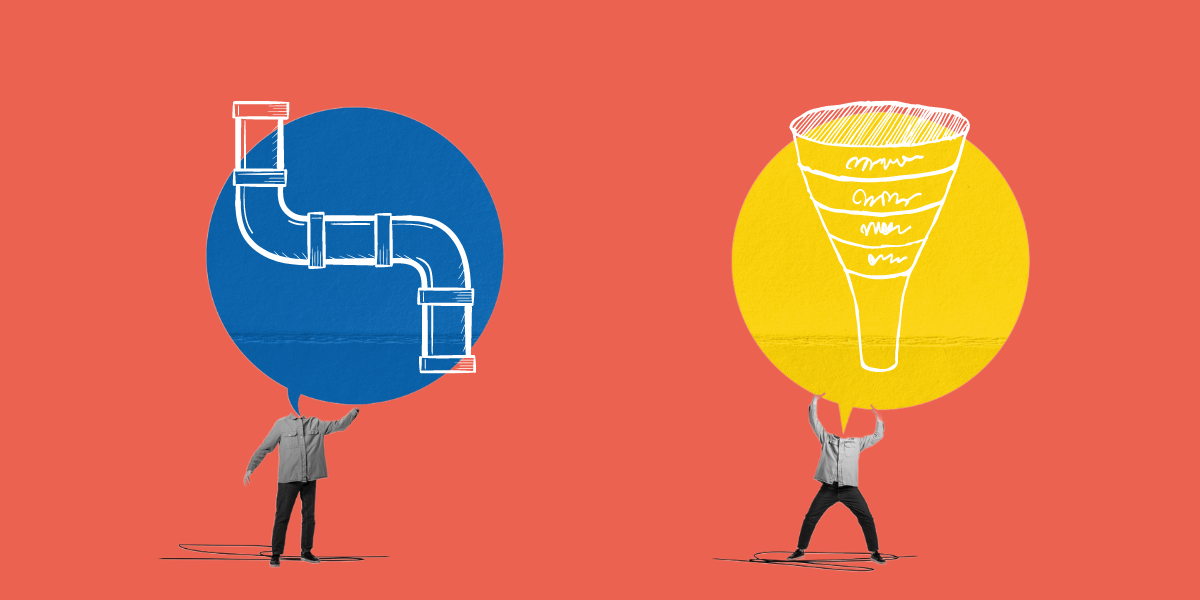
Understand the difference between a sales funnel and a sales pipeline and how they can benefit your business.
The terms sales funnel and sales pipeline are thrown around in B2B circles like confetti at a wedding. They sound similar, often get confused, and are sometimes used interchangeably. But make no mistake – these two concepts serve very different purposes in your sales strategy.
It might seem like a needless marketing theory definition, one learnt in lecture halls and books rather than on the front line in the real world of B2B selling, but knowing the difference is crucial. Crucial for designing a process that not only works for your team but keeps your all-important prospects engaged from discovery to deal.
In this guide, we’ll break down what these tools are, how they work, and why your business needs both. Ready to master the sales process? Let’s go.
Sales pipelines vs sales funnels: What’s the difference?
While the sales pipeline and funnel are closely related, they serve distinct purposes and focus on different aspects of the sales process. Understanding both is mission-critical for sales leaders who want to build an effective strategy that supports their team and aligns with customer behaviour. Which is you, right?
Sales pipelines: An overview
The sales pipeline is an internal tool that visualises the stages your sales team follows to move a lead from initial contact to a closed deal. It’s focused on your sales activities, helping your team manage their workflow, prioritise efforts, and measure performance.
Think of the pipeline as a map of actions your sales team must take to move opportunities through the process. It’s about what your team does to close more deals.
Sales funnels: An overview
The sales funnel is a customer-focused model that represents the buyer’s journey from awareness to purchase. It illustrates how leads interact with your business at different stages and how many prospects remain at each step.
The funnel highlights the prospect’s perspective and helps you understand where and why people drop off, enabling you to refine your marketing and sales strategies to improve conversions.
Here’s a side-by-side comparison of funnels and pipelines to highlight the key differences:
| Sales Pipeline | Sales Funnel | |
|---|---|---|
| Focus | Sales team activities and deal progression | Buyer’s journey and decision-making |
| Perspective | Internal (process-centric) | External (customer-centric) |
| Visualisation | The stages of various deals being worked on | The gradual narrowing of leads through the journey |
| Purpose | Manage and track sales activities | Understand customer behaviour and conversion rates |
For example:
- The pipeline tracks what the sales rep does to move a lead to the next stage (e.g. calls, appointments, formal proposals).
- The funnel tracks how a prospect moves from discovering your product to making a purchase decision (e.g. first becoming aware, requesting a callback).
Both of these provide incredible value for sales team efficacy, but the real magic happens when we combine them together. In doing this, you gain a 360-degree view of your sales process – empowering your team to close more deals while refining the buyer journey to improve conversion rates.
What is a sales pipeline?
Okay, so now we’ve got the basics in hand, let’s dive deeper into each tool, starting with sales pipelines. We’ve established that a sales pipeline is a set of stages a prospect journeys through as they progress from a lead to a customer, but what does this mean in practice?
If we break down each pipeline stage, we can see why some might confuse it for the sales funnel. As each stage passes, fewer prospects progress to the next stage.
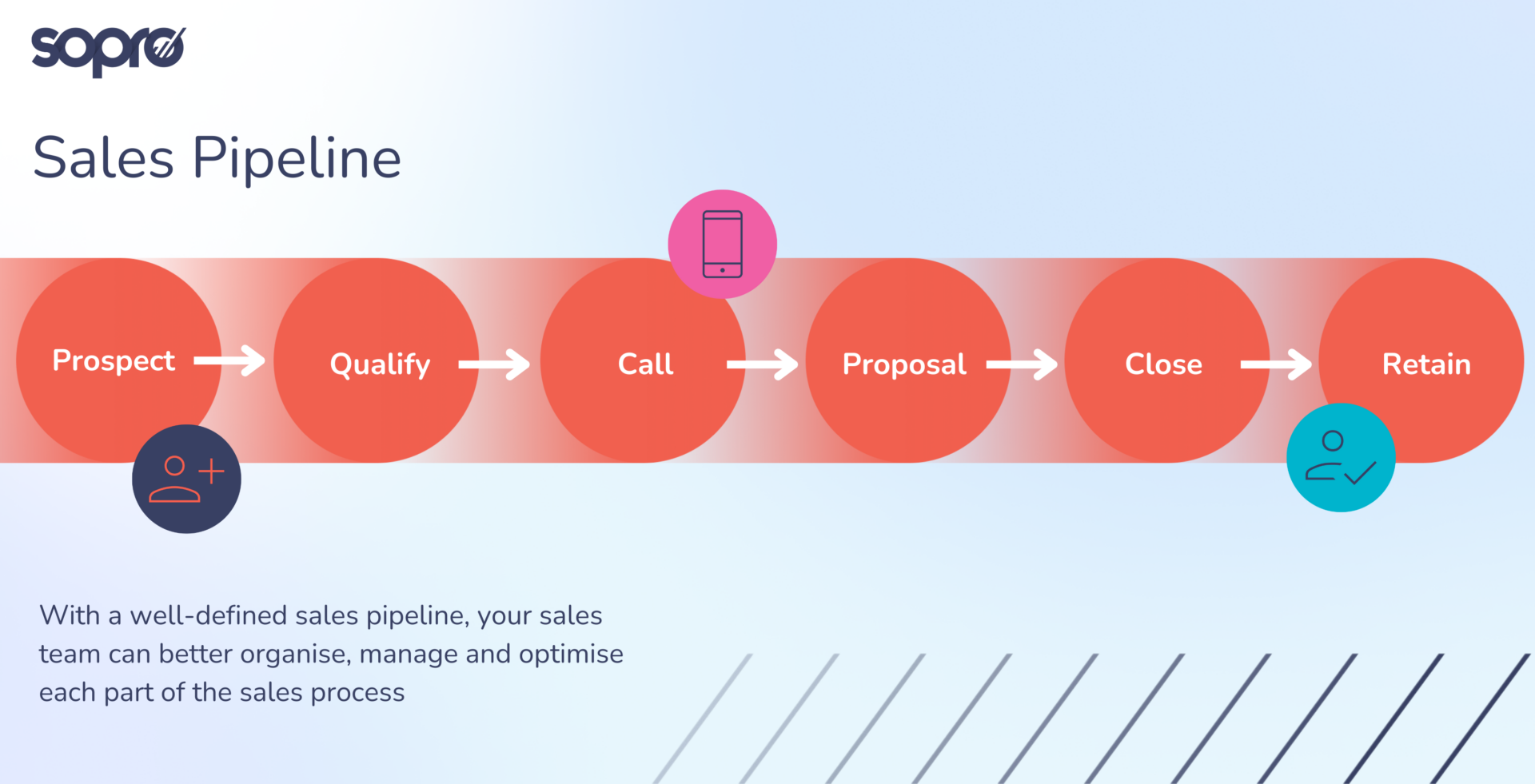
Lead generation
The first step is generating new leads. For us, that’s targeted multi-channel prospecting, but any type of B2B lead generation will be assigned to this first stage of the pipeline. For many sales teams, a big chunk of their efforts are concerned with this first stage in a bid to establish a robust, weather-proof pipeline.
Qualifying leads
Next up, your sales team should qualify those leads in some way (turning them from MQLs into SQLs). Lead scoring is a common way to do this. Qualifying leads makes sales teams more efficient as they focus on quality rather than volume. whether a sales qualified lead (SQL) should progress to opportunity status, read our guide on how to set up a lead disposition process.
Call or meeting
The sales call or meeting comes next. In reality, this stage might consist of multiple contacts. The effectiveness of this stage depends heavily on the quality of leads generated earlier.
Pssst…if you need a helping hand securing some high-value face-time with your dream prospects, engage a B2B appointment setting agency like Sopro. We do the hard work so that you can do your best work.
Proposal
After the sales call, the salesperson sends the prospect a detailed quote outlining the cost and the terms, including the length of the contract and what is included.
Closing
Coming into the home straight, the sales rep or team conducts any final negotiations, signs the contracts, and closes the deal. At this stage, the prospect has journeyed through the pipeline to become a customer. Yey.
Retaining
Although often left off sales pipelines, customer retention and loyalty should be considered essential parts of the process. While the responsibility will shift away from the sales team and towards client services and marketing, reducing churn rate and increasing customer lifetime value is an integral part of the journey and vital for business success.
Metrics to track in your sales pipeline
When you’re managing your sales pipeline, you can track its quality and refine where needed to shorten sales cycles.
To continually optimise and focus your efforts, it is vital to keep an eye on:
- Number of deals in the pipeline: this will help you predict your output and give an accurate idea of whether or not your sales team are on track to meet their targets.
- Average deal size: this will help calculate how big the deals are in a given period and will highlight which products or features are your most popular.
- Sales cycle length: this calculates how long someone sits in your pipeline from lead to customer (also known as sales velocity). It can identify points in your pipeline that might slow or hinder the sales journey.
- Average win rate: how many leads are converted into customers – this metric helps you calculate the quality of your pipeline and the performance of your team.
Want more information about how to manage your sales pipeline? We’ve got you covered. Check out our sales expert’s guide to get the low-down on well-managed pipelines that close more deals.
The benefits of a sales pipeline
All that work…but what’s it for?
Pipelines aren’t just a “nice to have” if you’re a growth-hungry, targets-driven sales professional. A well-constructed sales pipeline provides the key to monitoring prospect progression, analysing performance, and predicting revenue.
We’re talking about streamlining your sales process, enhancing strategic decision-making, and boosting company profitability.
Here are some of the key ways that effective sales pipelines can help your business grow:
- Forecasting: accurately predicting revenue by reporting on lead progress and predicted value
- Resource allocation: zoning in on where to allocate effort and skills strategically to maximise ROI
- Lead management: keeping multiple plates spinning simultaneously to ensure all new leads (and existing customers) are taken care of
- Identifying inefficiencies: staying on top of processes to spot lead bottlenecks and reallocate where necessary to keep things moving
- Supporting CRO: responding to active leads in a timely manner can massively boost conversion potential
- Helping individual progression: having visibility of where individual sales reps are underperforming and could use extra support can enhance their personal progression
- Boosting customer experience: ensuring new and existing customers are all happy by being tuned into where they are in your pipeline and then delivering appropriate services
Make sure to incorporate a pipeline review
Check in with your teams! A sales pipeline review is an opportunity to sit down with your sales reps to assess what the pipeline is currently looking like, how the sales process is functioning, and whether there are any obstacles.
You should review your pipeline periodically – here’s what’s valuable to focus on:
- Sales team wins: Look at a pipeline as a whole, but highlighting big wins is a great way to start your team reviews – keeping your team motivated is important!
- Pipeline updates: Stay on top of time in the pipeline (especially high-value leads), deals expected to close soon and deals that haven’t moved as expected
- Roadblocks: What’s stopping progress? Look at low-quality leads, sales objections that are continually cropping up and any internal issues that are hindering pipeline movement
- Competitors: Not strictly an internal factor, but big competitor moves (launching a new service or investing in their own marketing function, for example) could indirectly impact your own pipeline
What is a sales funnel?
Now, moving on to the fun(nel) part.
Unlike pipelines, which are process-focused, the sales funnel looks at the whole customer journey from the point of view of a lead. Essentially, we’re mapping out how potential customers move from that initial awareness to purchase (and beyond).
The funnel is often divided into three main sections – top, middle, and bottom – but can be broken down differently within these, so it may not always feature all of the six stages outlined below. A common, simpler version shows AIDA – Awareness, Interest, Desire, and Action.
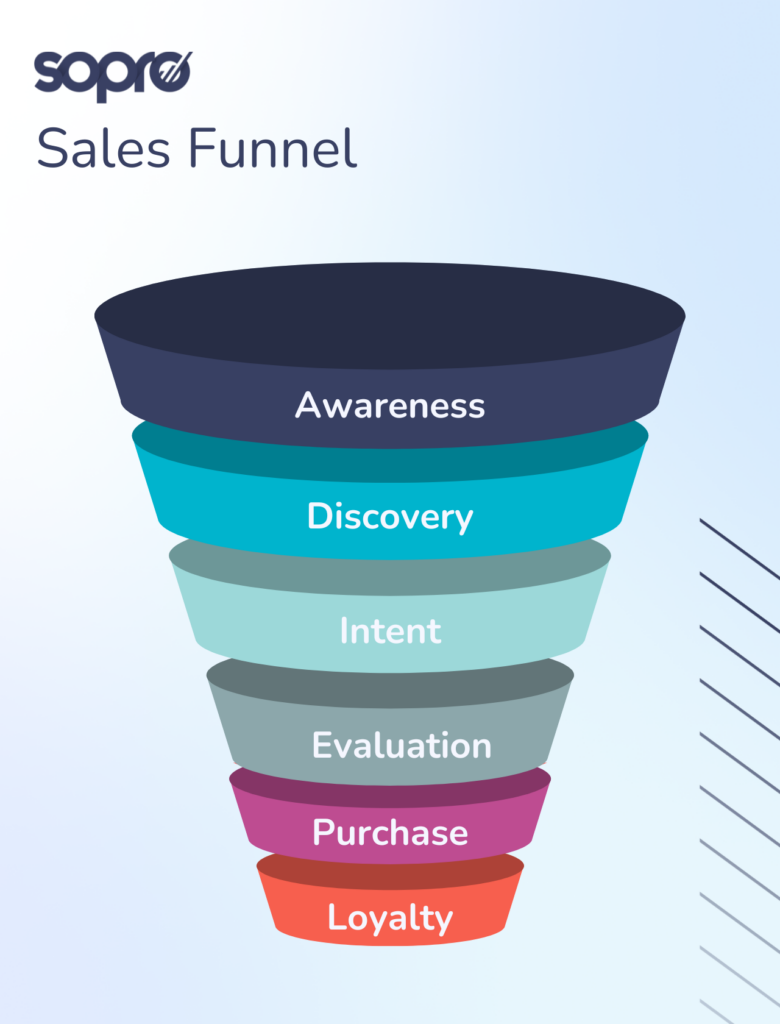
- First is top of the funnel (TOFU), which describes the awareness and discovery phases. Here, the lead is first brought into your orbit through marketing.
- Next is the middle of the funnel (MOFU), which covers evaluation and intent. The lead begins to consider making a purchase with you.
- Finally (and I think you’re probably ahead of me on this one) is the bottom of the funnel (BOFU), where purchase and loyalty happen.
The goal is to keep as many potential customers inside the funnel for as long as possible, nurturing leads carefully down so they don’t lose interest and leave.
Sales funnel stages: an overview
Sales pipelines and funnels might be different, but they have one thing in common: we can split them both into six distinct stages. Here’s an overview of the six sales funnel stages.
- Awareness: the prospect first becomes aware of your service or product. They’re likely looking for a solution to a problem or an answer to a question. Grow this part of your funnel through effective demand generation.
- Discovery: the prospect’s interest is piqued and they want to learn more about your brand to see how you might be able to help them.
- Evaluation: this is where the research steps up a level. The prospect dives into comparisons and in-depth consideration of available options.
- Intent: congrats; the prospect’s research has shown your solution to be the most viable option and they want to make a purchase! Here’s where to handle objections and nail final proposals.
- Purchase: The ink dries as the deal is done, and your sales team can bang a gong and light a victory cigar (or whatever you do to celebrate a big win).
- Loyalty: Before and after closing, opportunities exist to provide further value, foster loyalty, upsell, and gain referrals. Continuing to market to your customers increases the likelihood of another sale or contract renewal.
How to develop your sales funnel
In five quick and easy steps, you can build a sales funnel that identifies and makes the most of those quality leads! The trick? Understanding a buyer at every stage of the process, reaching out to them where they are and most importantly, following up.
Step 1: analyse existing customers
Leverage CRM data to map where your prospects sit in the funnel. Keep details up-to-date, track interactions, and use insights to optimise future outreach.
Step 2: Engage and nurture prospects
Combine inbound and outbound efforts to capture attention. Tailor content to your buyer personas, making it educational and relevant to their needs.
Step 3: Create high-converting landing pages
Direct leads to focused landing pages with clear CTAs. Swap value, like free trials or social proof, for their details to move them through the funnel.
Step 4: Stay connected with leads
Use personalised email campaigns to educate, build rapport, and convert leads. Avoid hard sales pitches and focus on delivering value.
Step 5: Master the follow-up
Don’t let leads drop off. Regular, meaningful follow-up emails can save up to 76% of potential opportunities. Re-engage converted customers too, fostering loyalty and social proof.
In practice, creating and developing a high-performing sales funnel takes time and effort. Get all the info in our full guide to sales funnels.

Your lead generation agency
Discover Sopro’s award winning service for growth focused brands.
Lead gen serviceThe benefits of a sales funnel
Ultimately, the sales funnel makes the buying process seamless and pain-free for your prospects. This is excellent news. The easier you move buyers through the funnel, the more likely they are to convert.
And it shows. Suppliers who create an effortless buying journey are 62% more likely to see high-quality sales.
Second, your funnel will help with your bottom-of-the-funnel strategies, allowing your teams to focus on keeping current customers engaged in your offering and aiding overall retention.
You’ve also got the benefit of leveraging targeted and personalised messaging. By understanding where buyers are sitting in the funnel, your teams can provide content that is more suited to their needs and the information they are looking for. With 71% of buyers now expecting personalised outreach, having a handle on your funnel is a no-brainer.
Be wary of sales funnel leakage
It sounds funky, but sales leakage is just a term used to represent lost leads, dwindling traffic or a downturn in sales and what that looks like in your funnel.
There can be many reasons for leakage. Some of those include:
- Leads being assigned to sales reps on holiday
- An over-stretched team
- Confusing messaging
- A landing page that doesn’t quite hit the mark
- An offer that doesn’t resonate with your target market
But it’s not all doom and gloom.
By having a sales funnel in the first place, you can quickly identify where those typical drop-off points are, which will help you optimise them.
To find the hole and fix your leak, it’s essential to look at all areas. Some of the aspects that you can assess include:
- Data: are there holes in your CRM? Do you have the most up-to-date contact details?
- Value proposition: it might be aligned with your business goals, but does it resonate with those customer needs?
- Lead nurturing: are you making the most of testimonials? Have you got the right calls to action? Is there room for improvement in your outreach strategy?
- Onboarding: is this onboarding process easy for the customer?
Get stuck in with your sales and marketing teams – they’re the experts in looking at that data and seeing where those sticking points might be. Always be open to adaptation!
Sales funnels vs sales pipelines: Further comparisons
Just when you thought it was over…there’s more. As you’ve probably guessed by now, sales funnels and pipelines are incredibly nuanced, meaning there are loads of comparisons we can highlight. Additional differences sales professionals need to understand include:
Automation
- Sales funnels: often highly automated, especially in the top and middle stages, using tools like email marketing platforms, lead scoring, and SEPs to increase effectiveness.
- Sales pipelines: automation typically supports task management and pipeline forecasting. CRMs help automate deal tracking, reminders, and follow-ups.
Main challenges
- Sales funnels: generating enough high-quality leads to enter the funnel, keeping prospects engaged through the funnel journey, and effectively balancing inbound vs outbound marketing efforts.
- Sales pipelines: ensuring deals progress smoothly through each stage of the pipeline, identifying and addressing bottlenecks that cause deal stagnation, accurately predicting close rates and timelines.
Communication formats
- Sales funnels: focuses on scalable, broad-reaching formats like email campaigns, ads, blogs, nurturing content (e.g. email newsletters, case studies) keeps leads warm and engaged.
- Sales pipelines: personalised communication dominates, including one-on-one emails, demos, and in-person meetings.
Similarities between sales funnels and sales pipelines
No matter how different we are, we can always find common ground…and the same goes for sales funnels and pipelines!
These two sales aids do share several core similarities, especially when it comes to their fundamental objectives and underlying principles. Here’s a breakdown of what we mean:
| Similarity | Explanation |
|---|---|
| Focus on the customer’s journey | Both frameworks revolve around guiding prospects through distinct stages, from initial awareness to conversion. |
| Role in revenue generation | Each plays a critical role in identifying, nurturing, and converting prospects into paying customers, directly contributing to revenue. |
| Reliance on data to guide decisions | Data-driven insights are essential for optimising both funnels and pipelines, whether analysing lead quality or tracking deal progress. |
| Integration with technology | CRM platforms, analytics tools, and automation software underpin the success of both sales funnels and pipelines, ensuring efficiency and scalability. |
| Emphasis on communication | Both require effective communication, whether through mass outreach in funnels or personalised engagement in pipelines. |
The good news about this? Your sales team’s skillset can be applied to both funnels and pipelines with great effect. Tactical decision-making, utilising data, leveraging tech, and crystal-clear communication – they’re your recipe for success.
Sales support from Sopro
Try saying that on repeat.
We get it. Sales is a tough game, but you don’t have to play it solo.
If you’re looking for a standout B2B lead generation agency with the skills, experience and tenacity needed to bring your business’s ideal customers knocking on your door, get in touch and let’s get to work. Whether you need a telecommunications lead generation agency, or a lead generation agency for management consultants, you don’t need to look any further than Sopro.
Get in touch and get ready to sell more.
If you’re looking for more guidance, take a look at our blog. Our experts have compiled guides on everything you need to know about lead generation on prospecting, including information on how to optimise your website lead generation campaigns, outsourcing lead generation, and social media lead generation.




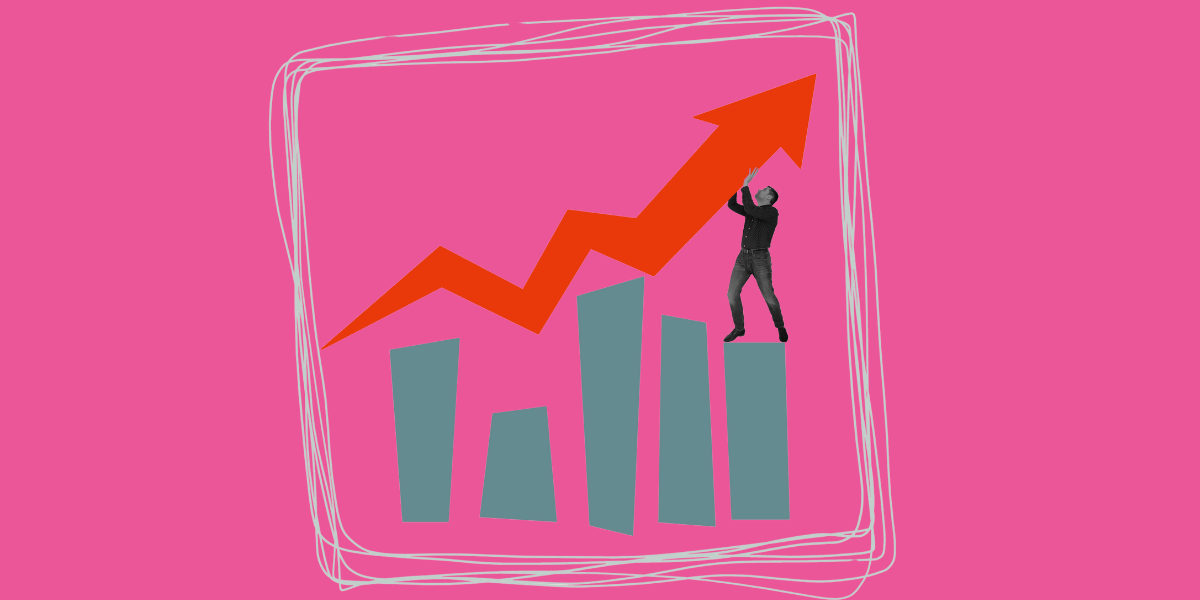
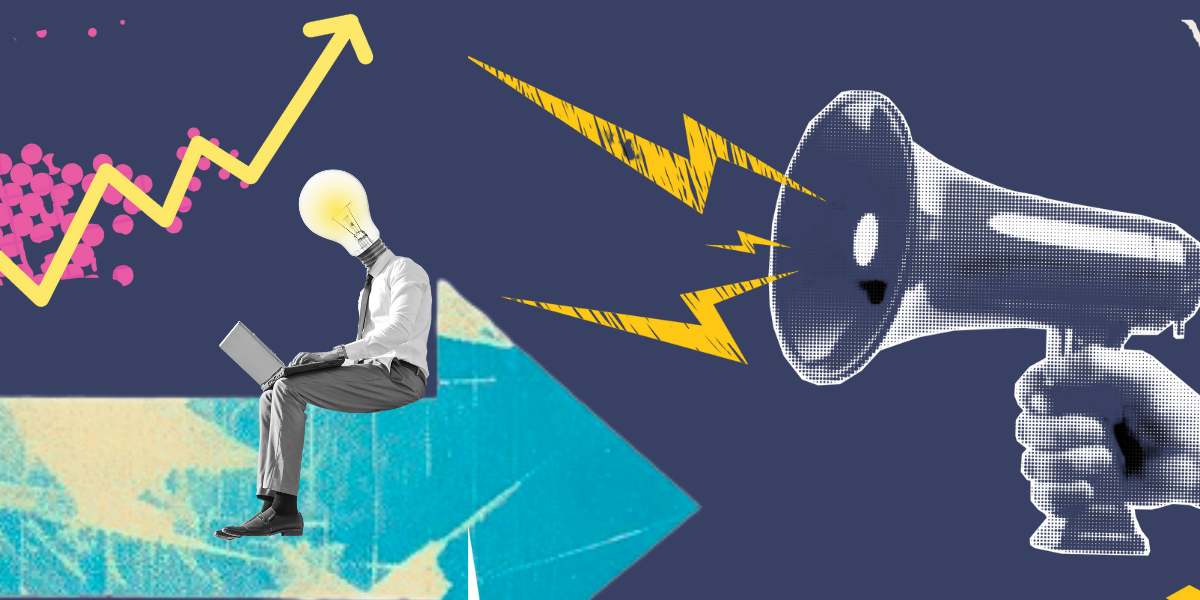
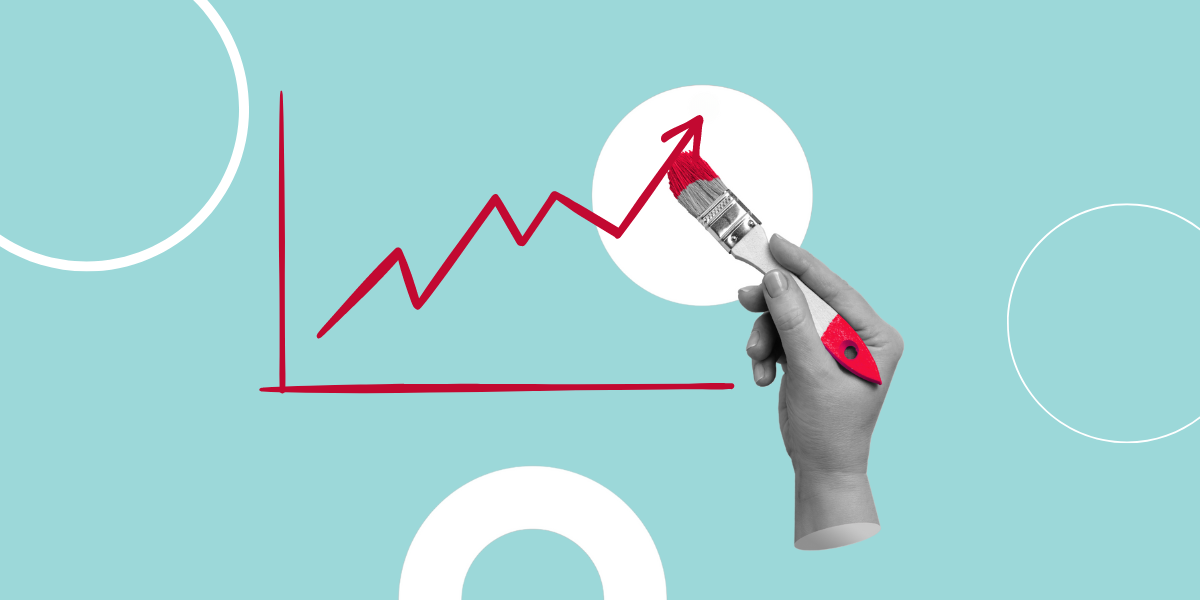
Share